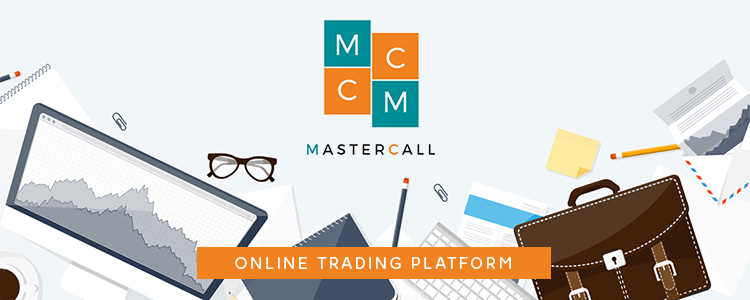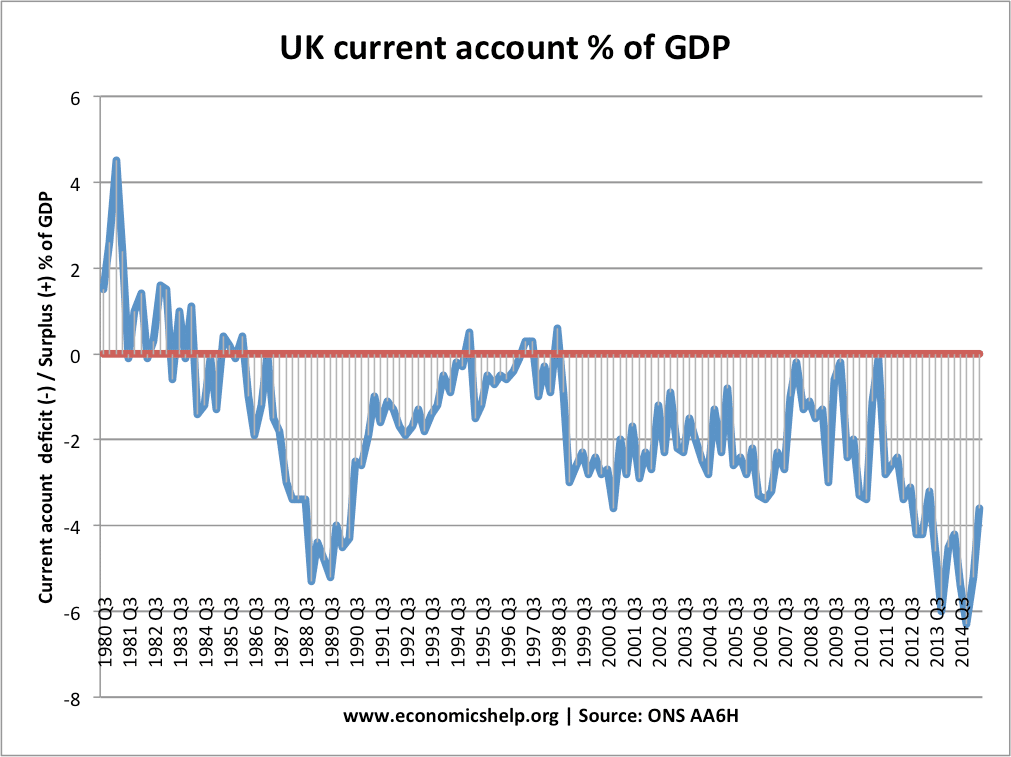Temporary Account Definition, Examples, and How to Close
Resultados De Búsqueda Afin De: ‘1xbet Cc6bet Possuindo -1xbet Cc6bet Com -nangungunang Online Casino Sa Pilipinas Alliance Ahente Hanggang Votre 30% Araw Mhh Pagba’
April 1, 20221xbet Azerbaycan, 1xbet Az Merc Saytı, En Yaxsi Bukmeker 1xbet Azerbaycan Merc Oyunlari, 1xbet Az, Azerbaycan Merc Saytlari
April 3, 2022Contents:


With knowledge of permanent and temporary accounts, companies can plan and manage their cash flow accordingly to stay profitable. When businesses rely on spreadsheets or manual accounting systems, tracking and closing temporary accounts can be a time-consuming process—and one that’s prone to error. With a fully automated accounts receivable operation, you don’t have to worry about oversights that will derail your company’s financials. There is no such thing as a temporary account with no retained earnings. Every year, all income statements and dividend accounts are transferred to retained earnings, a permanent account that can be carried forward on the balance sheet.
Examples of contra accounts include purchases discounts or purchases returns and allowances accounts. In a partnership, separate entries are made to close each partner’s drawing account to his or her own capital account. If a corporation has more than one class of stock and uses dividend accounts to record dividend payments to investors, it usually uses a separate dividend account for each class. If this is the case, the corporation’s accounting department makes a compound entry to close each dividend account to the retained earnings account. Close the owner’s drawing account to the owner’s capital account.
The accumulated deprecation account is not temporary because we carried forward its balances the next accounting year, and starts with a brought-forward balance every year. Accumulated depreciation is a contra-asset account that decreases the total value of the fixed assets. There is no predetermined way to decide which accounts should be permanent.
- Permanent—or “real”—accounts typically remain open until a business closes or reorganizes its operations.
- A balance for a permanent account carries over from period to period and represents worth at a specific point in time.
- Understanding how to classify accounts correctly helps the business allocate resources better to achieve its goals.
- Using WAC assumes you value the inventory in stock somewhere between the oldest and newest products purchased or manufactured.
- With a fully automated accounts receivable operation, you don’t have to worry about oversights that will derail your company’s financials.
- Even businesses using perpetual inventory may want to take a physical inventory count periodically to account for shrinkage .
Has a continuously or average collection period formulaly changing balance because of the above entries. Requires a physical inventory at least once per year and estimates within the year. 10.3 Define cost, revenue, profit and investment centres and explain why managers of each must be evaluated differently.
Customized software roles, such as the Principal Accountant. A Liability is a long-term outflow of a fund that extends beyond the financial year. Expenses are the short-term outflow of the fund during the fiscal year. Robert Kelly is managing director of XTS Energy LLC, and has more than three decades of experience as a business executive. He is a professor of economics and has raised more than $4.5 billion in investment capital.
Temporary accounts examples
Write a corresponding credit in the income summary account to balance the entry. For example, credit income summary for $10,000, the amount of the revenue for that period. This transfers the revenue account balance into your company’s income summary account, another temporary account. Companies can identify improvement areas by regularly reviewing these documents or determining when to expand or make other changes.
Detecting ‘Big Bath’ Accounting in the Wake of the COVID-19 … – The CPA Journal
Detecting ‘Big Bath’ Accounting in the Wake of the COVID-19 ….
Posted: Wed, 29 Mar 2023 07:00:00 GMT [source]
Therefore, it would be correct to classify petty cash as a temporary account that serves its purpose until all the money allocated has been spent. Knowing how to classify accounts correctly gives business owners a better understanding of how their operations are performing. It allows them to identify areas for improvement and develop strategies for increasing efficiency and profitability. Ultimately, this helps businesses become better managed overall.
What is a Temporary Account?
The process of shifting balances out of a temporary account is called closing an account. This shifting to the retained earnings account is conducted automatically if an accounting software package is being used to record accounting transactions. Temporary or nominal income statement accounts to record transactions for a specific period.

How long you maintain a temporary account is your decision, but ensuring that temporary accounts always track funds over the same period of time is key. You might close temporary accounts at the end of the fiscal year or on a quarterly basis so you can evaluate three-month periods against each other. Evaluating a two-month period against a three-month period would make little sense. Permanent accounts have no ending period unless you sell your business or reorganize your accounts. Drawings, also known as dividends in a corporation, must be closed to illustrate the amount of money distributed to owners for the period.
Closing Entries and Temporary Accounts
The company discontinued operations that resulted in a higher cost of good sold. An intangible asset will provide the company with tangible benefits for more than one fiscal year. Happy Burger purchases a $40,000 food truck to expand its business.
Current assets that end up in a fiscal year or are converted into cash also includes in temporary accounts. Permanent and temporary accounts are both vital to efficient accounting. According to the Corporate Finance Institute, temporary accounts track funds during a particular fiscal period. These accounts typically group finances into broad categories including “expenses” and “revenues,” which you can further divide into subcategories such as specific types of inventory. Permanent accounts track funds over the course of many fiscal periods from year to year.
Their balances are systematically transferred to the company’s retained earnings or profit and loss account. Rather than debiting Inventory, a company using periodic inventory debits a temporary account called Purchases. Any adjustments related to these purchases of goods will later be credited to a GL contra account such as Purchases Discounts or Purchases Returns and Allowances.
What Is a Periodic Inventory System?
The gross profit method is an estimate of the ending inventory in the period. You can use this in the interim period, the time between physical counts, or to estimate how much stock you lost in the case of a catastrophic event. Accountants do not consider it as an airtight method to determine the annual inventory balance, as it is not precise enough for financial statement reporting.
- The Cost of Goods Sold is reported on the Income Statement under the perpetual inventory method.
- 10.2 Evaluate how responsibility accounting is used to help manage a decentralised organisation.
- The cost of goods sold is readily available in the account Cost of Goods Sold.
- John Freedman’s articles specialize in management and financial responsibility.
- Adding temporary accounts may sound like it creates extra work, but these accounts make accounting more effective.
The balance in a permanent account is carried forward to the subsequent year, where it becomes the beginning balance for the new year. The inventory account’s balance is never reset at the conclusion of the accounting month because it is a permanent account. As a result, income statement accounts are transient and must be closed on a regular basis. You or your accountant ultimately decide what temporary accounts to create, depending on what you want to track. But here are some examples of commonly used temporary accounts to help you get started. Instead, when the next accounting cycle begins, all of your temporary accounts reset to zero.
Asset accounts track everything a business owns, including physical items (e.g., inventory) and less tangible property (e.g., stocks). With a drawing account, a business owner can withdraw money for personal use. Sole proprietorships, partnerships, or S-corps typically use drawing accounts. Corporations, in contrast, usually return shareholder capital and company profits through dividend accounts. Purchases, Purchase Returns, Purchase Discounts, and Purchase Allowances are all temporary accounts. In this article, we are going to discuss temporary accounts and all the important aspects related to it.
This journal shows your company’s debits and credits in a simple column form, organized by date. The main benefits of employing a periodic inventory system are the ease of implementation, its lower cost and the decrease in staffing needed to run it. It only takes a little time to add a periodic system to your business. Simple counts on legal paper can suffice for collecting product data, especially if you only offer a few goods. A basic count during the day or week is often enough for a small business to get an adequate handle on their inventory.
Your accounts help you sort and track your business transactions. Each time you make a purchase or sale, you need to record the transaction using the correct account. Then, you can look at your accounts to get a snapshot of your company’s financial health. Read on to learn the difference between temporary vs. permanent accounts, examples of each, and how they impact your small business. Close expense accounts with debit balances to a special temporary account.
User-defined https://1investing.in/ set for different combinations of books and subsidiaries. Periodic tracking is easy to implement but limits the details you know about your inventory at any given time. Brainyard delivers data-driven insights and expert advice to help businesses discover, interpret and act on emerging opportunities and trends. RevenuesRevenue is the amount of money that a business can earn in its normal course of business by selling its goods and services. In the case of the federal government, it refers to the total amount of income generated from taxes, which remains unfiltered from any deductions.
Cooked in wood, tempered with taxes Mint – Mint
Cooked in wood, tempered with taxes Mint.
Posted: Thu, 13 Apr 2023 18:28:29 GMT [source]
The balance in your company’s income summary account after revenues and expenses are closed indicates net income. For example, a company with $10,000 in revenue and $5,000 in expenses has a net income of $5,000. The balance in the income summary account is closed to the company’s capital account.

Knowing which is essential to proper bookkeeping and financial management. Revenue refers to the total amount of money earned by a company, and the account needs to be closed out at the end of the accounting year. To close the revenue account, the accountant creates a debit entry for the entire revenue balance. For example, if the total revenue recorded was $20,000, then a debit entry of the same amount should be written in the revenue account. Accounting period and starts a new period with a zero balance. The accounts are closed to prevent their balances from being mixed with the balances of the next accounting period.
